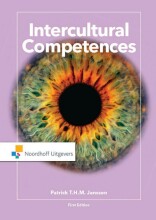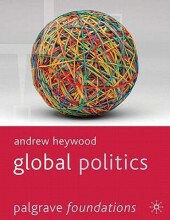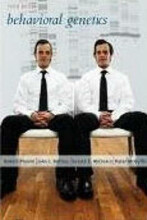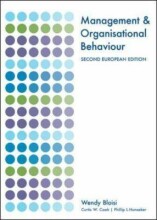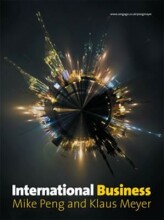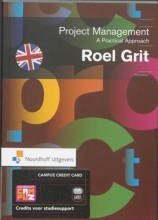Test exam
13 important questions on Test exam
What are the 6 terms used to describe the concept of culture?
- Culture is learned
- Culture is relative
- Culture gives meaning (to the world around us)
- Culture is a comfort zone
- Culture is dynamic
Define; culture is connected to a group
Define; culture is learned
In Northern Europe, cultures appreciate and expect clarity and truth but in Asia, emotions are a much less visible. It is normal for them to avoid showing emotions.
- Higher grades + faster learning
- Never study anything twice
- 100% sure, 100% understanding
Define; culture is a comfort zone
In Europe cute guinea pigs are picked up and petted, which is surprising for south American culture since they eat guinea pigs.
What do universal dilemmas and culture have to do with each other?
The way in which different groups of people solve universal dilemmas is the origin of culture
Where in the world is time more important, in Northern Europe or at the equator? Explain
Name 4 cultural groups that occur in every culture
2. Sports
3. Work
4. Music
Example 'power distance' Hofstede
Universal dilemma; how to deal with hierarchy
In the Netherlands Mark Rutte goes to work on his bike, without convoys, no chase car, just a bicycle.
the authority of managers is not questioned, only people from good families and/ore of a certain age have a change of promotions, extensive courtesy rituals towards managers and older colleagues.
Example indulgence/restraint = hedonism/soberness
Restraint/soberness stands for a society that suppresses gratification of needs and regulates it by means of strict norms.
Most indulgence is Mexico, NL is 68
Most hedonism is Pakistan
What are the 3 cultural types of Model of Lewis
2. Multi-active
3. Reactive
Linear active (Lewis)
Countries; Germany, Switzerland, Luxembourg
Explain what cultural context is with an example
Explain the different levels (cultural identity) using an example of the theme sorrow
Middle; cultural behavior
Bottom; universal
Sorrow at the top is the way an individual grieves, personal preference
Sorrow in the middle is the way the culture deals with sorrow. How people show their sorrow is culturally determined.
Sorrow on the bottom is that everybody experiences sorrow
The question on the page originate from the summary of the following study material:
- A unique study and practice tool
- Never study anything twice again
- Get the grades you hope for
- 100% sure, 100% understanding



















